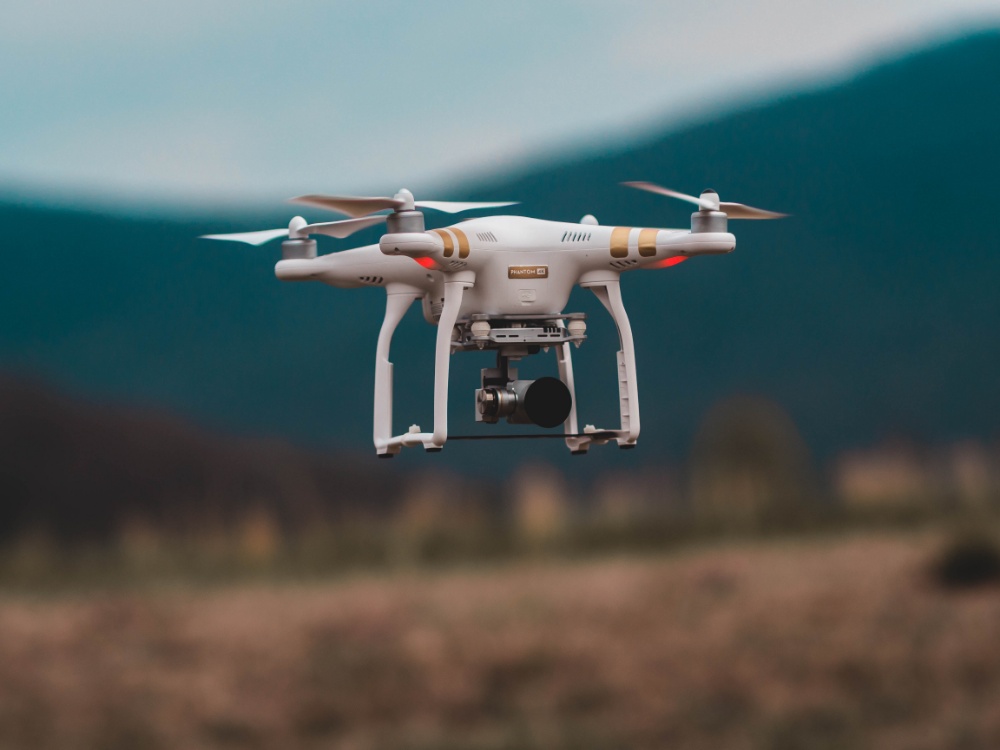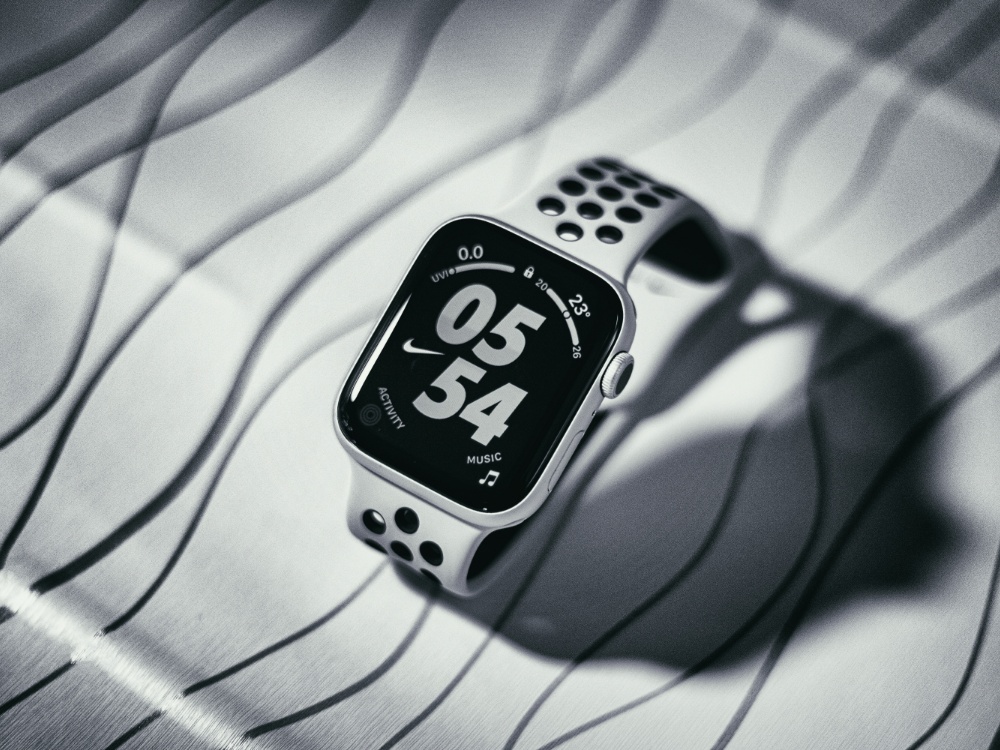Russia and Ukraine are fighting the first full-scale drone war

Russia and Ukraine have been engaged in a protracted conflict in the Donbass region, with both sides employing increasingly sophisticated technology to gain the upper hand. In recent years, the use of drones has become a crucial component of the conflict, with both sides deploying large numbers of unmanned aerial vehicles (UAVs) for reconnaissance, surveillance, and even offensive operations. This has led to what many are calling the world’s first full-scale drone war, with UAVs becoming a primary means of engagement between the two sides.
The use of drones in the conflict has been driven by a number of factors. For Ukraine, drones provide a relatively low-cost way to gather intelligence and conduct reconnaissance, allowing them to monitor enemy movements and detect potential attacks. For Russia, drones offer a means of extending their military reach without directly involving ground troops, and can be used to support separatist forces in the region. However, the use of drones has also raised concerns about the potential for escalation and the risk of civilian casualties, as both sides have employed them in offensive operations that have resulted in significant damage and loss of life.In recent times, geopolitical tensions have escalated dramatically as Russia and Ukraine find themselves embroiled in what experts are calling the first full-scale drone war. This unprecedented conflict marks a paradigm shift in modern warfare, as both nations leverage cutting-edge drone technology to gain strategic advantages on the battlefield. In this article, we will delve into the origins of this conflict, the role of drone technology, and the potential implications for the future of warfare.
The Historical Context:
To understand the complexities of the current situation, it’s essential to examine the historical context that has fueled tensions between Russia and Ukraine. The annexation of Crimea by Russia in 2014 and the ongoing conflict in eastern Ukraine have laid the groundwork for the current hostilities. The disputed territories and political differences have created a volatile environment, paving the way for a new form of warfare.
The Rise of Drones in Modern Warfare:
Drones, also known as Unmanned Aerial Vehicles (UAVs), have rapidly evolved from reconnaissance tools to lethal weapons capable of changing the dynamics of warfare. The ongoing conflict between Russia and Ukraine highlights the increasing reliance on drone technology as both nations seek to gain a tactical edge. The use of drones in this conflict has raised questions about the ethical implications of remote warfare and the potential for a shift in the balance of power.
The Role of Drones in the Russia-Ukraine Conflict:
a) Surveillance and Reconnaissance:
Drones have become indispensable assets for gathering real-time intelligence in conflict zones. In the Russia-Ukraine conflict, both sides deploy drones for surveillance and reconnaissance purposes. These unmanned vehicles provide a bird’s eye view of the battlefield, allowing military commanders to make informed decisions and adapt their strategies based on the latest information.
b) Offensive Capabilities:
One of the defining features of this drone war is the use of UAVs for offensive operations. Drones equipped with precision-guided munitions have been employed to target key military installations and infrastructure on both sides. The ability to conduct surgical strikes without risking human lives on the front lines has changed the nature of engagement in this conflict.
c) Electronic Warfare and Counter-Drone Measures:
As the use of drones becomes more prevalent, both Russia and Ukraine have invested in electronic warfare and counter-drone technologies. Jamming signals, disabling communication systems, and developing anti-drone defenses have become crucial aspects of the ongoing struggle for supremacy in the skies. This technological arms race adds an additional layer of complexity to the conflict.
Implications for Future Warfare:
The Russia-Ukraine drone war serves as a harbinger of what the future holds for global conflicts. The integration of advanced drone technology into military operations raises several important considerations:
a) Ethical Concerns:
The remote nature of drone warfare brings forth ethical dilemmas, as decisions to engage targets are often made from a distant control center. This separation between the operator and the battlefield raises questions about accountability, morality, and the potential for reduced human empathy in the conduct of warfare.
b) Strategic Shifts:
The use of drones in the Russia-Ukraine conflict underscores a shift towards more asymmetric and technologically driven warfare. Nations worldwide are closely monitoring this conflict, recognizing the need to adapt their military strategies to incorporate advanced technologies. The ability to effectively integrate drones into military operations will likely become a decisive factor in future conflicts.
c) International Regulations:
The unprecedented nature of the Russia-Ukraine drone war emphasizes the urgency of establishing international regulations governing the use of drone technology in armed conflicts. The lack of clear guidelines raises concerns about the potential for widespread proliferation of drone warfare, leading to destabilizing consequences on a global scale.
The Human Cost of Drone Warfare:
While drones offer strategic advantages, it is crucial not to overlook the human cost of this evolving form of warfare. Civilian casualties, infrastructure damage, and the psychological impact on local populations cannot be ignored. As nations continue to invest in drone capabilities, there is a pressing need to strike a balance between technological advancements and the protection of civilian lives.
The ongoing drone war between Russia and Ukraine represents a pivotal moment in the history of warfare, showcasing the transformative impact of advanced technologies on geopolitical conflicts. As the world watches the unfolding events, it becomes clear that the lessons learned from this conflict will shape the future landscape of international relations and military strategy. The need for ethical considerations, international regulations, and a reevaluation of traditional warfare paradigms becomes more apparent than ever in this era of unprecedented technological advancements.



